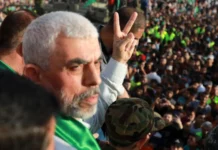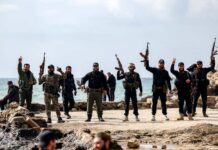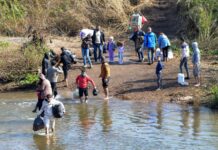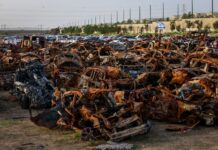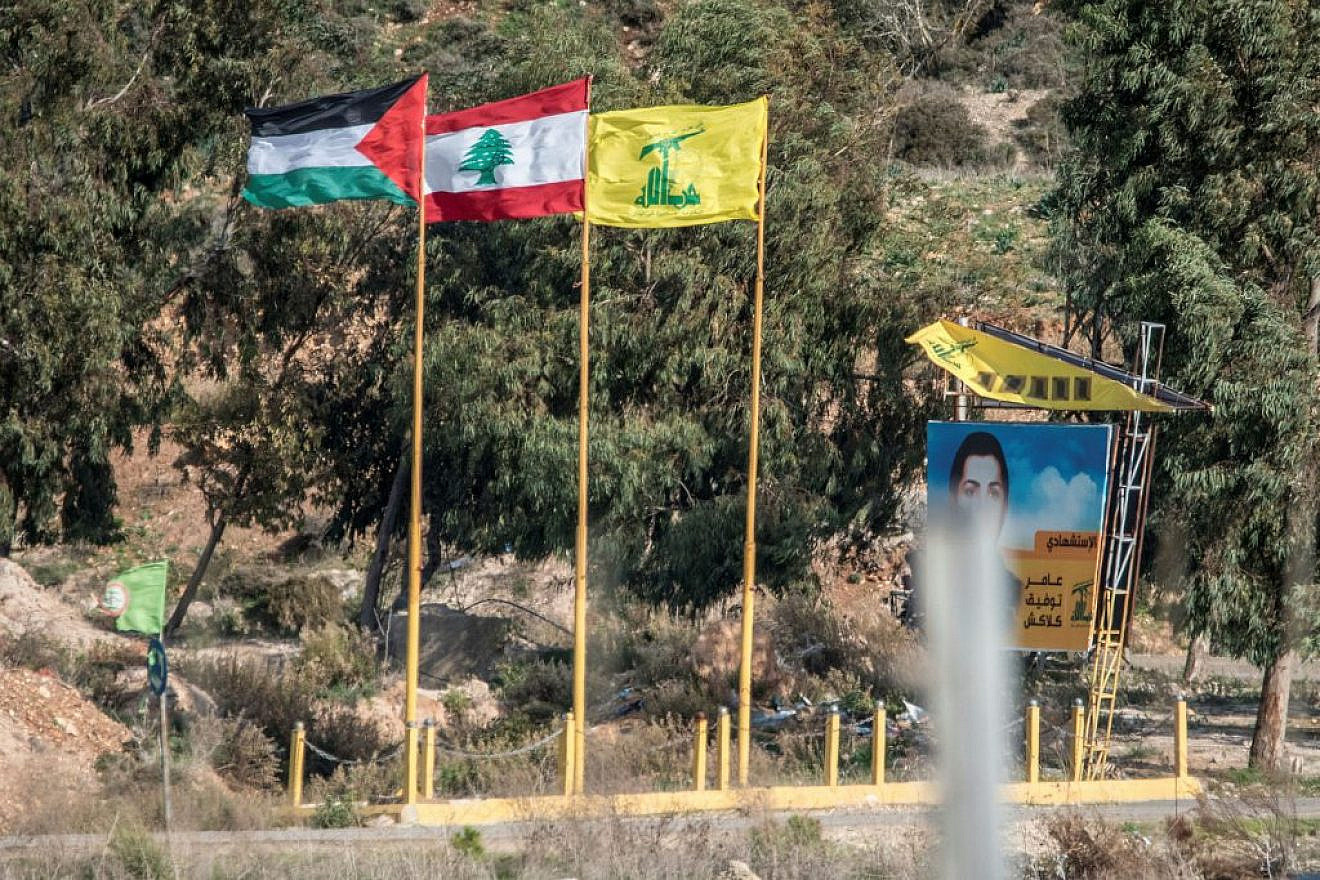Hamas is trying to establish a new military force in Southern Lebanon because the terrorist group’s leadership feels betrayed by Hezbollah and Iran.
Hamas has established a large-scale recruitment mechanism it calls “The Al-Aqsa Flood,” tasked with recruiting men between the ages of 17 and 20 from the Palestinian refugee camps.
Evidence of this initiative first surfaced when an Israeli drone struck a four-man Hamas terrorist squad in the Lebanese village of Chaatiyeh on Nov. 21. Killed in the strike was Khalil Kharaz, Hamas’s deputy commander in Lebanon, along with an operative from Lebanon and two operatives from Turkey.
Although Hamas has announced the establishment of the Al-Aqsa Flood, it has not specified its goals.
More than 489,000 Palestinian refugees are registered in 12 camps across Lebanon.
The initiative faces strong criticism from Lebanon’s Christian community. Christians fear a Hezbollah takeover of Southern Lebanon and the creation of what they refer to as “Hamasland.”
“Hamasland” is similar to the name “Fatahland,” which described Palestinian terrorist groups wielding great influence in Southern Lebanon during the mid-1970s and was one of the key causes of the Lebanon’s 15-year civil war.
There have been increased reports of pressure exerted by Lebanese officials on Hezbollah not to let Hamas to get a military foothold in the refugee camps, especially after it became clear that Hamas operatives took part in heavy fighting in the Ain al-Hilweh camp, near Sidon, in August and September.
Hezbollah chief Hassan Nasrallah was reportedly asked not to allow the unrestrained activity of Hamas chief Ismail Haniyeh in the country.
On Tuesday, Lebanese caretaker Prime Minister Najib Mikati said his government is working with the U.N., U.S. and Europe to “save Lebanon from another war.” He added that Lebanon will soon renew negotiations to resolve its border dispute with Israel and apply U.N. Security Council Resolution 1701, which ended the Second War in Lebanon in 2006.
Neither the statement nor its timing was accidental.
Lebanon’s Christian community believes that if Hamas or any other entity under Iranian auspices establishes itself in Southern Lebanon, it will lead to a ruinous war with Israel.
Notably, Resolution 1701 committed Lebanon to disarm Hezbollah and for the central government to reassert its control over Southern Lebanon.
The Blue Line demarcating the 75-mile border was created in 2000 by U.N. cartographers to verify Israel’s withdrawal from Lebanon, which the Security Council later certified as complete. The border runs from Rosh Hanikra on the Mediterranean coast to Mount Dov, where the Israeli-Lebanese border converges with Syria.
Hezbollah says it does not recognize the Blue Line and disputes numerous points along the border.




